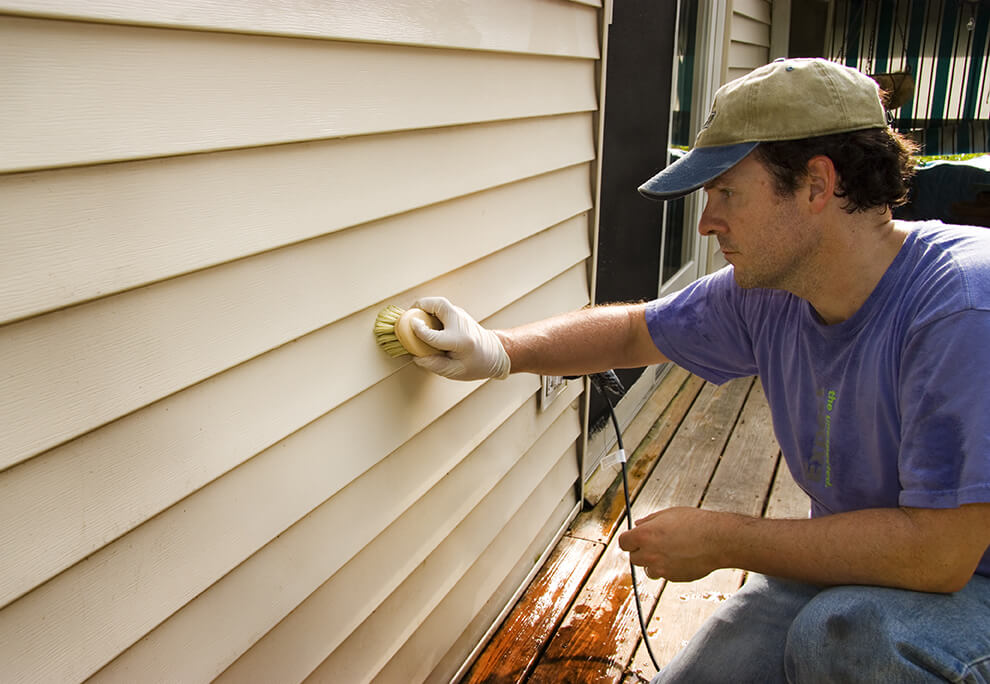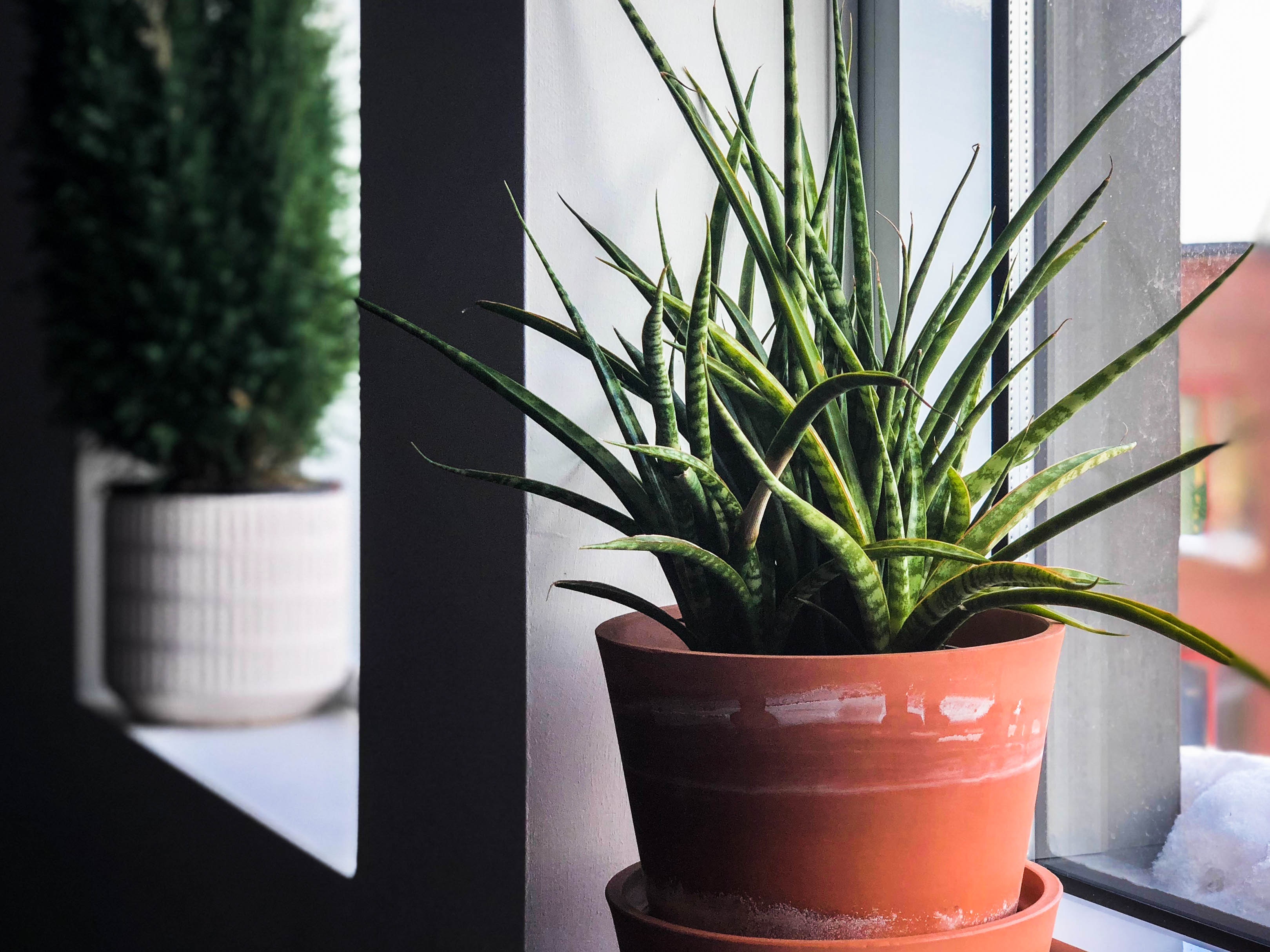
Spring Maintenance Checklist: Utilizing Landscaping and Water Flow Management to Prevent Water Damage to your Interior
Spring Maintenance Checklist:
Utilizing Landscaping and Water Flow Management to Prevent Water Damage to your Interior
Spring showers create the beautiful foliage that punctuates the months of April and May but it can also wreak havoc on your interior. Prevent water from coming into your finished basement or creating problems with your foundation with inexpensive maintenance around the home. Below are tips for how you can utilize your landscaping and evaluate your water flow management to prevent water intrusion. And if there is anything that Brian from Cellar Door Home Inspection is passionate about, it’s tackling low cost maintenance items to prevent high dollar repairs!
Landscaping
If you are anything like Carolyn, getting your hands dirty in the garden beds is a highlight of springtime. Many of our clients affirm that fixing up the landscaping around their house is a huge priority every spring. Whether the incentive for all that manual labor is to beautify your outdoor entertaining area or to boost your curb appeal, it tends to contribute to a homeowners satisfaction and sense of wellbeing. But if you are more like Brian, focusing on the functionality of landscaping to control water around the yard is an absolute necessity. Below are three tips to help keep water as far away from the perimeter of your house as possible.
GRADE – As you start your landscaping projects around your house, take notice of the grade or slope around the perimeter. The general rule is to have the ground slope away from the house 1 to 2 inches per foot. If the ground slopes toward your house, you may get improper water runoff (or even worse – standing water) around your foundation which can cause basement leaks or foundation cracks, buckling, seepage, or bowing – all of which cost significantly more to fix than the cost of fill.
Tip: The more compact the fill is, the more it will force water to run off away from your house rather than allow permeation.
MULCH – Mulching helps keep erosion at bay and helps your plants retain water during those hot summer months. But when mulching garden beds around your house, make sure that the mulch is at least 6 inches away from your siding to avoid wicking and rotting of your home’s exterior.
Tip: Because some types of mulch can act as a sponge, keep it less than 2 inches deep when mulching around the perimeter
RAIN GARDEN – If sloping around the house is ineffective or impossible, consider putting in a rain garden. A rain garden is comprised of native plants placed strategically in a depression in the yard where water tends to collect. It is designed to temporarily hold and soak in rain water runoff that flows from roofs, driveways, patios or lawns and is 30% more effective in absorption than grass. To make a rain garden effective, six to twelve inches of soil is removed and altered with tillage, compost and sand to increase water infiltration.
Tip: The type of alteration to the soil depends on the current soil type, so it is a good idea to obtain a soil test if you are unsure.
Water Flow Management
Managing the flow of rainwater in and around your house is vital. 10 inches of rain over the course of Spring and Summer could yield up to 8,160 gallons pouring off of an average sized roof. Without functional water management, this water could be pressing in against your foundation or seeping/leaking into your basement. Below are some important things to evaluate while you are outside working on your landscaping.
GUTTERS – While you are cleaning out your gutters, make sure that the spikes that hold them in place go through the gutter, through the fascia board, and into the rafter behind it. Without a proper seal, gutters are useless. New spikes are relatively cheap
Tip: The decomposed leaves from your gutters makes great compost
DOWNSPOUTS – While you are up cleaning your gutters, it’s a good idea to test your downspouts for clogs. This can be done with a garden hose, turning the water on full blast. Additionally, this can give you a visual of where the water goes when it drains down the downspout (tougher clogs may require a plumber’s snake). Make sure to extend the downspout at least 4 feet away from the home.
Tip: Splash blocks may be necessary for higher water flow.
FUNCTIONAL DRAIN PIPES – Functional drain pipes are difficult to see because they are underground. If your downspout goes into a pipe that goes underground, try to find the discharge point and make sure that it is clear. Over time, this drainage system can get broken or blocked by tree roots as most of older homes had drain pipes made of clay or tile.
Tip: If you are unable to identify where the pipe empties, it is suggested to abandon the system and utilize and above ground downspout.
We hope you all are able to enjoy the springtime weather!
Contributed by Carolyn and Brian from Cellar Door Home Inspection



